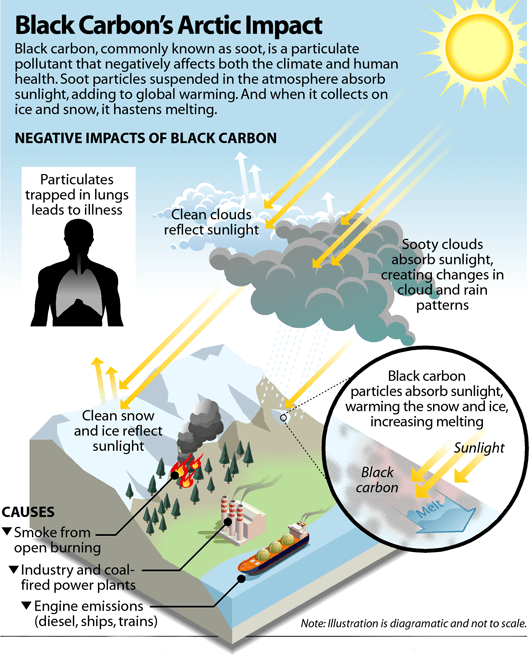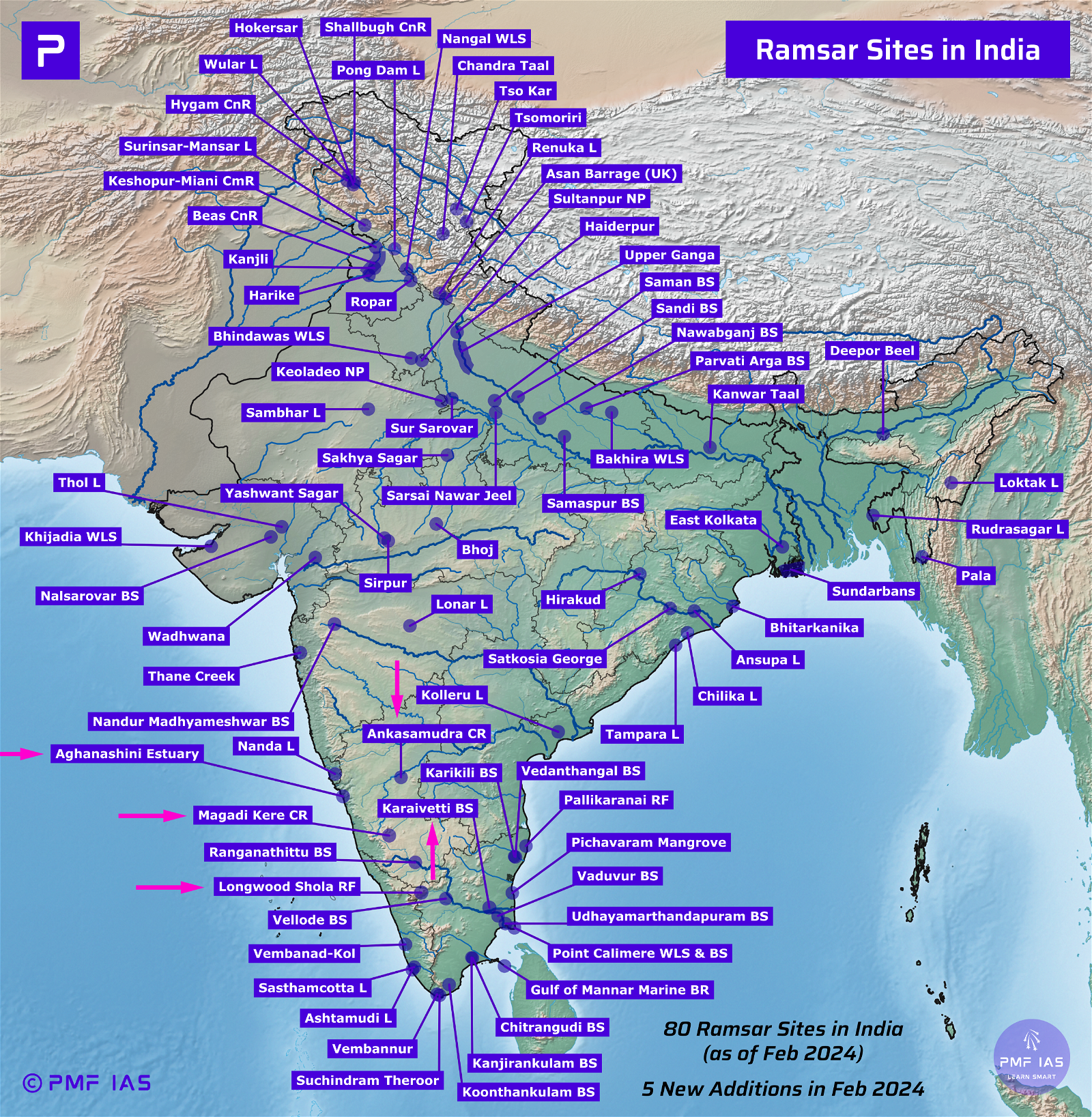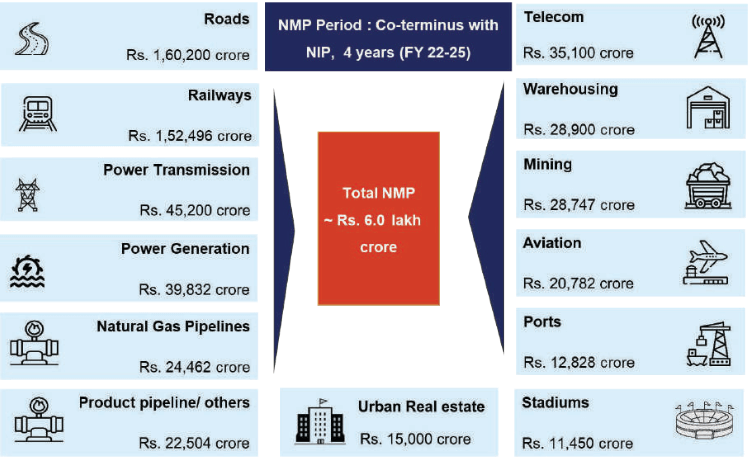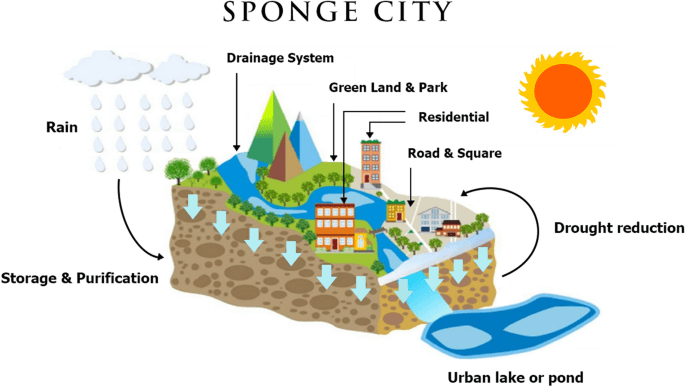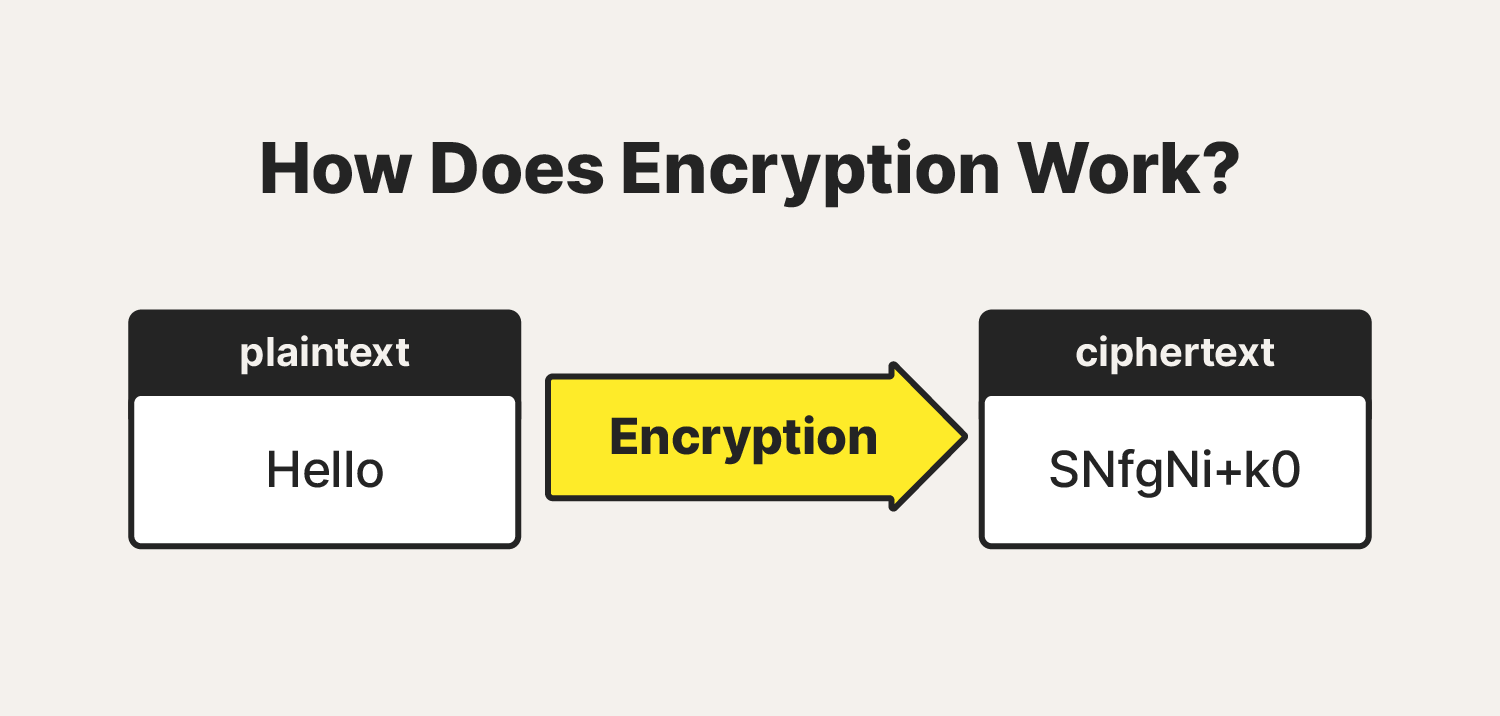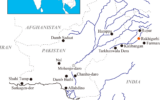
Delhi’s Solid Waste Management (SWM)
Subscribers of "Current Affairs" course can Download Daily Current Affairs in PDF/DOC
Subscribe to Never Miss an Important Update! Assured Discounts on New Products!
Must Join PMF IAS Telegram Channel & PMF IAS History Telegram Channel
- Context (TH): The Supreme Court recently criticised solid waste management (SWM) in New Delhi as more than 3,800 tonnes of solid waste remain untreated.
The mounting problem of Delhi’s waste generation
- According to the 2011 Census, New Delhi’s population was about 1.7 crore (2.32 crore in 2024).
- The average per capita waste generation is about 0.6 kg/day per person, generating approximately 13,000 tonnes per day (TPD) of waste – which adds up to about 42 lakh tonnes per annum.
- With the city’s population expected to rise to 2.85 crore by 2031, the waste generation could go up to 17,000 TPD.
Processing capacity of SWM
- About 90% of the waste generated in the city is collected by municipal corporations.
- Delhi’s waste-processing facilities have a collective design capacity of about 9,200 TPD. This includes composting facilities handling around 900-1,000 TPD and waste-to-energy projects handling 8,200 TPD.
- The 3,800 TPD of unprocessed waste is disposed of in the three designated landfills: Gazipur, Bhalswa, and Okhla.
Harmful impacts of unprocessed waste
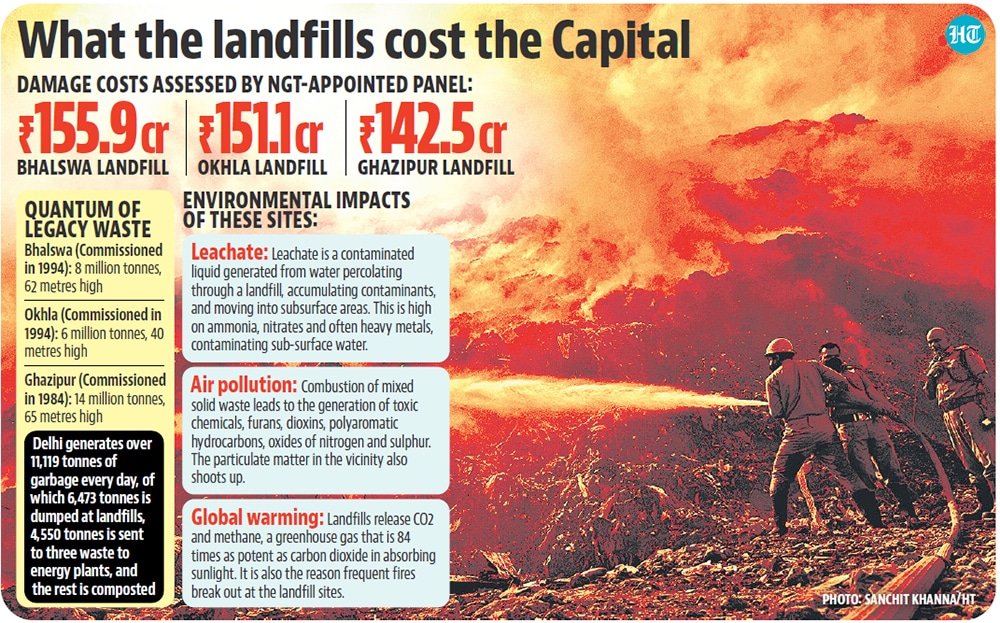
Credit: HT
- The landfills, consisting of unprocessed wet and dry waste, generate methane gases, leachates and cause landfill fires.
- The accumulation of unprocessed waste has led to a staggering 2.58 crore tonnes of legacy waste piling up over 200 acres of land.
|
Challenges in tackling waste
- Lack of waste segregation at source due to which unprocessed mixed waste enters landfills.
- Lack of large land parcels for waste processing plants.
- Lack of public awareness of proper waste management practices contributing to littering and improper disposal habits.
- Lack of regular waste collection services in certain areas.
- Illegal dumping in open areas and water bodies.
- Inefficient implementation of waste management rules.
- Lack of coordination among various stakeholders resulting in inefficient waste management.
Way Forward
- Scaling up the processing capacity to manage daily waste.
- Biodegradable wet waste should be composted or used to generate biogas.
- Among non-biodegradable dry waste, recyclable waste can be sent to recycling facilities. The non-recyclable dry waste fraction, also called refuse-derived fuel (RDF), consisting of plastics, paper, and textile waste, has good calorific value & can be used to generate power in waste-to-energy projects.







![PMF IAS Environment for UPSC 2022-23 [paperback] PMF IAS [Nov 30, 2021]…](https://pmfias.b-cdn.net/wp-content/uploads/2024/04/pmfiasenvironmentforupsc2022-23paperbackpmfiasnov302021.jpg)

